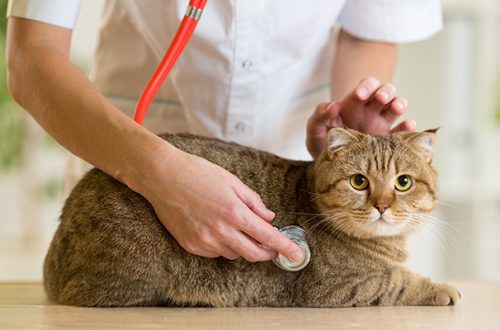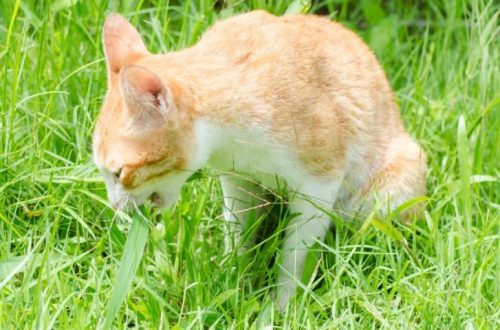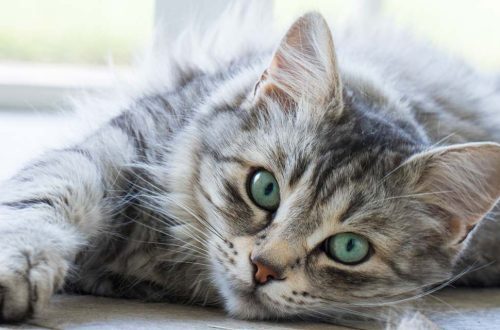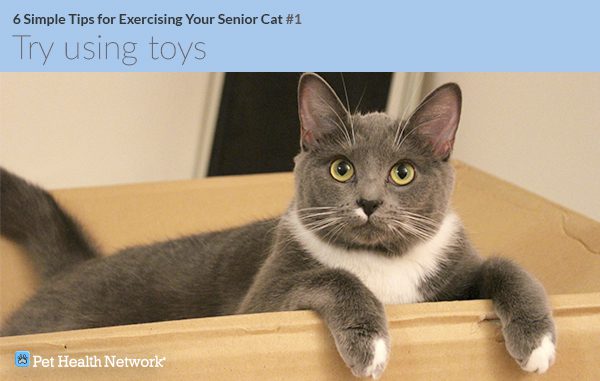
Simple Ways to Get Your Older Cat Moving
When the activity of older cats decreases, they begin to walk more slowly, jump with caution and play a little less. Although this behavior is normal for mature cats, these changes can be disturbing to their owners. One way to keep your cat alert is to stimulate her physical activity so that her brain and body remain mobile and flexible. That little kitten you brought home many years ago has become an old lady, and now you need to protect and maintain her mental and physical health.
Since cats don’t go to the gym to exercise, they need your help to keep fit. Want to know the easiest way to get them moving? Set aside time every day to play. Cats are independent creatures, and some may sniff at your suggestion of exercise, especially if they are elderly and have arthritis. However, if you cleverly engage your older cat in play, he will get much-needed daily activity through a few quick runs around the house.
Contents
Investment in the game
There are many smart tools out there to help your older cat move more. These gadgets come in small and large, cheap and expensive, so start small because some of them your pet will love and others they will simply ignore. A trip to the pet store will provide you with endless possibilities, so be sure to choose toys and tools that are appropriate for your cat’s age. Vetstreet offers a senior toy guide to help pet owners choose the perfect toys for their aging furry friend.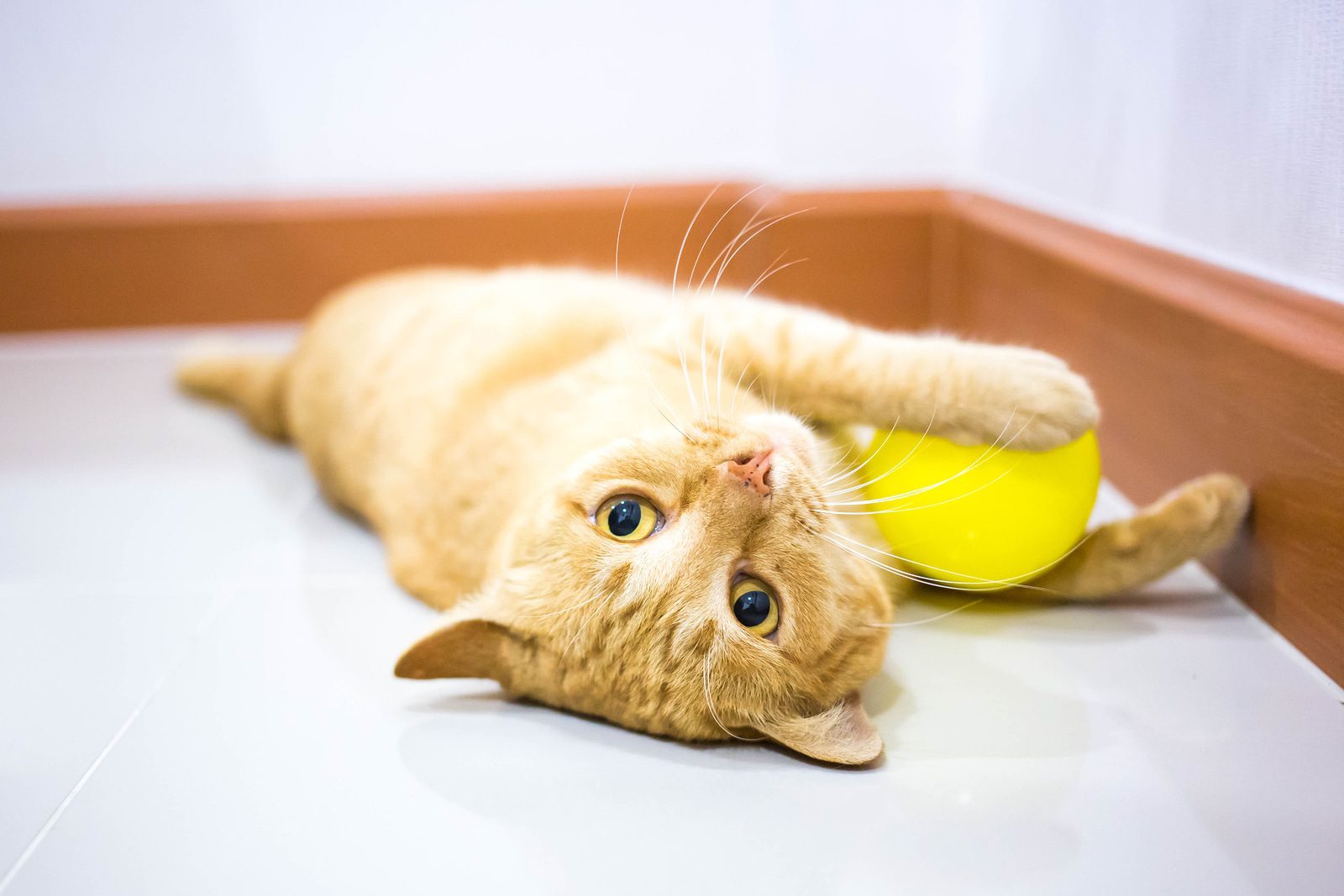
Small toys and tools your cat might enjoy:
- A wand or teaser with feathers that you can chase.
- Toys for cats with catnip.
- Treat puzzle toys.
Great toys and tools your cat might like:
- Staircase or cat house.
- Scratching post.
- Wheel for a cat (yes, the same as for a hamster!).
Free exercise for cats
Cats love to climb, but older cats with arthritis can develop movement problems over time if not practiced regularly. Move the furniture so that your cat has to jump off the floor onto the ottoman before lying down on the sofa and taking a nap. If you already have a cat house, motivate your cat to use it by hiding healthy treats on different levels so she has to jump to get her snack. If you don’t have a cat tree, you should consider buying one or some similar structure that your cat can climb on.
Perhaps you have some catnip left? Maybe from a broken or torn old toy? Put it in an old sock. It’s even more fun if you sew a rope onto the sock so you can drag the catnip-smelling toy across the floor at a safe distance, making the cat chase it.
See what else you have at home that your pet can play with. Maybe you have some scraps of fabric that you can use to make a ball? The cat will roll and chase him around the house. However, yarn is best avoided, as the animal may swallow the yarn or get caught on it, which will be unsafe. What about empty paper bags or cardboard boxes? Scratch the back of a bag or box with your fingers and your cat will pounce on its prey. Find a stick and string and make a twig or “rod” out of them to tease your cat. She will run and jump to catch whatever you tie to the end of the rope.
If your pet enjoys a lazy afternoon watching nature from a warm window sill, install a bird feeder right outside the window. Such a bird feeder will act as a TV for her, attracting more and more new (and tempting) creatures into her field of vision. She will have to jump up to get a better look at the hungry birds, who will gladly entertain your cat in exchange for food.
Do you have multiple cats? They will play with each other more willingly than one – with itself. Divide the toys among the cats and one of them will start moving while looking at the other.
Mind games
An older cat also needs exercise to stimulate brain activity. One way to keep an animal’s brain sharp is to play games with food. To do this, instead of a big dinner, hide small treats around the house. Encourage your pet to go on a quest by strategically placing treats on low and high spots and making him move to get to them. The treat dispenser is another way to get an animal to use its brain to get food. Such a dispenser gives out a treat only after the cat solves the puzzle or completes the task. Remember to give out extra food or treats in the right portions to ensure your pet is getting optimal nutrition.
Choose nutritious food
Nutrition plays an important role in keeping older cats active and healthy. Before making any changes to your pet’s diet, consult your veterinarian. Make sure the food and treats you give your cat are appropriate for her physical and mental needs. As Topics in Companion Animal Medicine reports, aging cats need foods fortified with antioxidants, fatty acids and a source of prebiotics.
If you’re unsure if your pet is ready for mature or senior cat food, check out the following helpful tool for determining your cat’s life stage. It will help you compare your cat’s age to that of a human to better understand where she is in her life. You can also learn useful facts about signs of aging in cats to discuss with your veterinarian. Ask him if Hill’s Science Plan Youthful Vitality is right for your cat. Youthful Vitality is specially formulated to meet the needs of aging cats in order to maintain their vitality through increased physical activity and mobility.
If your cat likes puzzle toys, you need to keep extra treats around the house. You can make healthy homemade cat treats with Science Plan.
One last piece of advice – don’t delay incorporating these feline exercises into your pet’s daily routine. The sooner your young cat gets active, the happier and healthier she will be for years to come.



